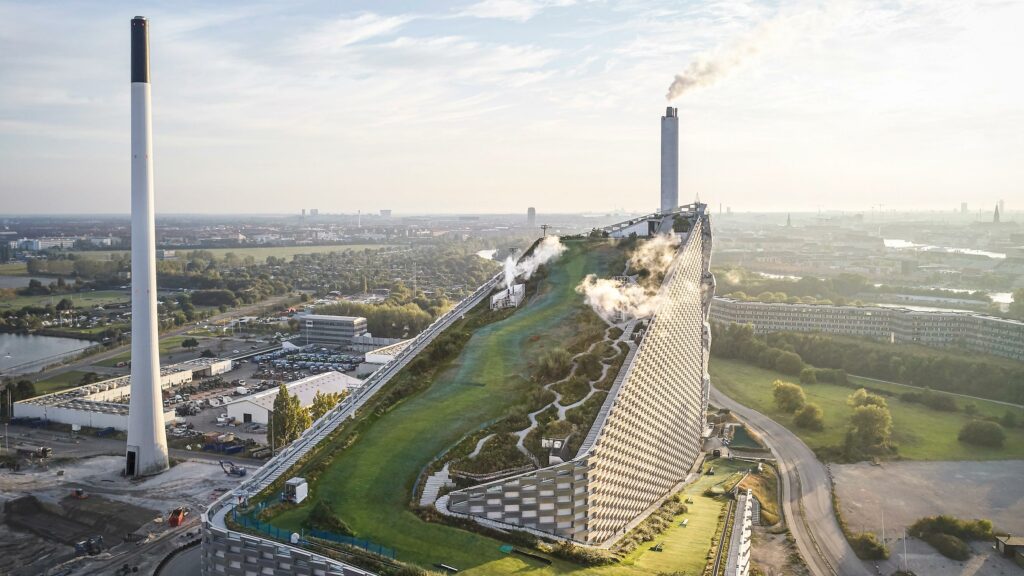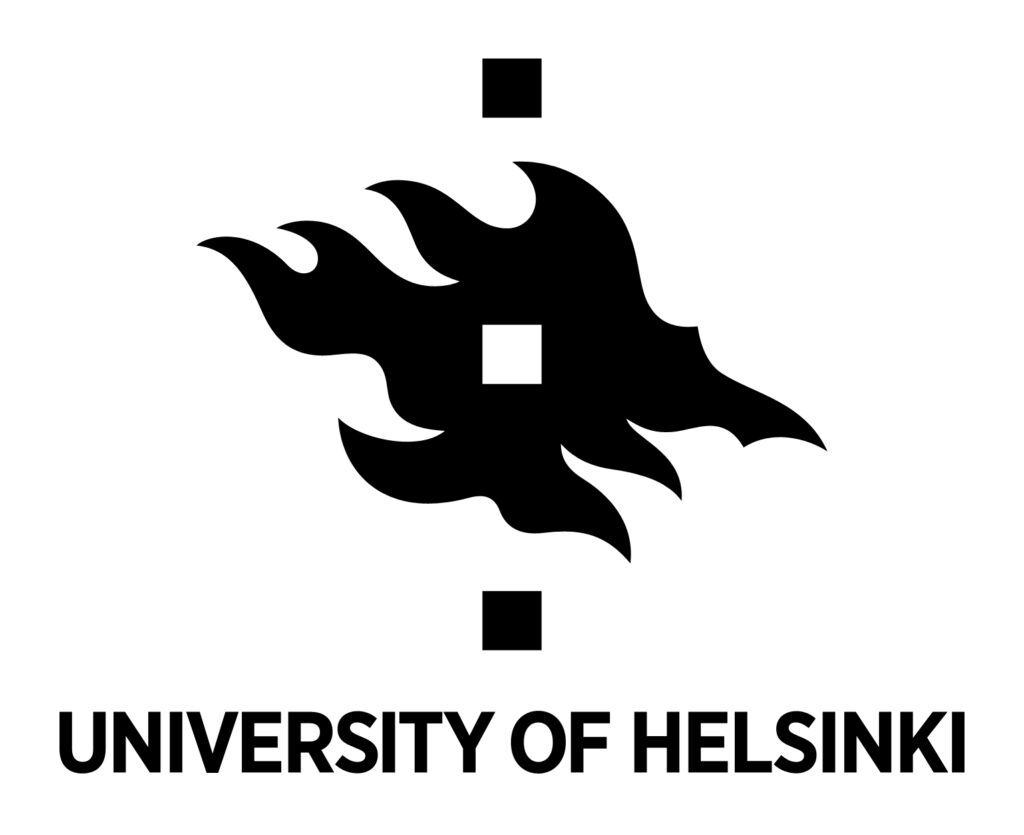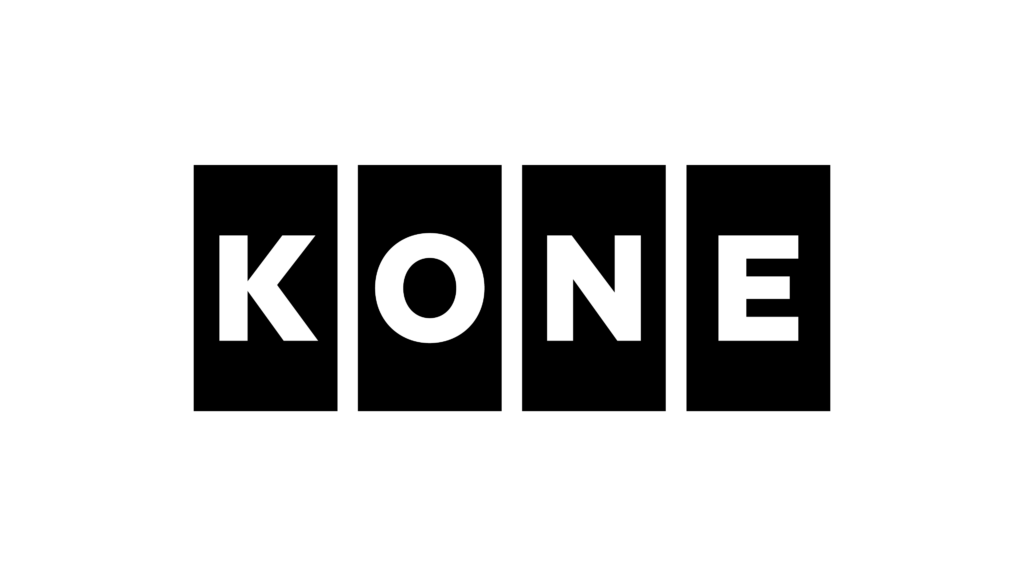Blog: Carbon capture – realistic solution or expensive detour?

Writer is Julia Salovaara, Strategy and Business Development Manager, Industrial Measurements, Vaisala.
Global infrastructure is currently built around fossil fuels. We can’t stop using oil and gas overnight – our everyday lives still depend on them, and the sector employs nearly 12 million workers worldwide. While defossilization is essential, short-term additional measures are required, and carbon capture is being touted as a major solution. This includes methods which store the CO2 – CCS, use it – CCU, or both – CCUS.
Climate crisis – can we fix it (in time)?
COP28 in Dubai last year marked the conclusion of the first ‘global stocktake’ and showed that progress was too slow in all areas — greenhouse gas (GHG) emissions, climate resilience, and financial/technological support for vulnerable nations. Countries responded with a decision on how to accelerate action across all areas. In addition to a trebling of renewable energy and a doubling of energy efficiency by 2030, this included a call on governments to speed up the transition away from fossil fuels.
Decarbonization and defossilization are obviously key goals, BUT they are only relevant if they are aligned with the 1.5°C target from the 2015 Paris Agreement.
It is important to appreciate that countries’ GHG reduction pledges are voluntary, and many nations will find resistance if they are perceived as costs. This emphasizes the need for industry to play its part. It’s also why Vaisala recently updated its purpose to: Taking every measure for the planet. “In the fight against climate change, Vaisala’s role is to provide the most reliable measurement data, so that industries and nations around the world can make informed and better decisions when it comes to understanding, mitigating, and adapting to climate change,” explains Vaisala CEO Kai Öistämö.
In the words of Steve Jobs: “Those people that are crazy enough to think that they can change the world, are the ones that actually do.”
Fossil fuels can be replaced by clean and renewable energy sources, GHG emissions can be reduced by changing processes and preventing methane leaks, and carbon can be captured from the emissions of the processes that still produce CO2. Even the most difficult residual emissions can be tackled by a wide range of carbon removal strategies, both natural and technological, many of which are available today.
Fixing the climate – can we afford it?
The cost of climate inaction far outweighs the cost of climate action. In 2022, Deloitte research showed that inaction could cost the world’s economy US$178 trillion by 2070, but the global economy could gain US$43 trillion over the next five decades by rapidly accelerating the transition to net-zero.
Carbon capture is set for rapid growth in the near future and is projected to reach 420 million metric tons per year by 2035. This is driven mainly by global policy support such as the US Inflation Reduction Act which provides tax credits. However, McKinsey’s Global Energy Perspective 2023: CCUS Outlook says that in order to meet announced net-zero targets, approximately $120 billion in annual average investments will be required globally by 2050, but as of 2023, only around one-quarter of the necessary funding had been earmarked.
Carbon capture’s role in the emission reduction toolbox
We have reached a point where every single stone should be turned in order to limit global warming. CCUS technologies are there, but the critical thing is to scale them up. CCUS represents a transitory route which can buy us some valuable time while transforming the whole economy away from the fossil era.
According to the International Energy Agency (IEA), CCUS plays a strategic role in helping to tackle emissions from existing infrastructure and offers a solution for the most challenging industries to defossilize. CCUS can also function as a pathway for low-carbon hydrogen production and remove existing carbon from the atmosphere through Direct Air Carbon Capture + Storage (DACCS).
The oil and gas sector may be keen to research and invest in carbon capture because it offers a potential opportunity to extend the ‘Oil Age’, but point source carbon capture is essentially an ‘end of pipe’ solution, and as such it would be better, and more economically viable, to not have produced the CO2 in the first place.
The IPCC Sixth Assessment Report examined mitigation scenarios that could limit warming to 1.5°C. The report found that there are no scenarios in which CCUS would allow the continued use of fossil fuels at current levels. It further showed that by 2050, around 6% of the mitigation needed to reach net-zero could come from CCUS.
Carbon capture in the real world
CO2 measurement instruments are utilized in a wide variety of carbon capture applications, where accuracy and long-term reliability are priorities.
The Finnish company Carbonaide is continuously measuring CO2 sequestration by concrete in a novel process that offers great potential in an industry with a large carbon footprint. The end-product, mineralized CO2, can replace some of the cement content and enhance concrete quality, a textbook example of CCUS. Continuous monitoring also provides verification of CO2 sequestration.
Another example is Wageningen University & Research in the Netherlands, which has used CO2 sensors in their research greenhouses for over a decade to help Dutch greenhouse operators collaborate with the country’s industrial sectors to utilize their CO2 byproduct.
Waste incineration is a popular way to treat waste and generate power. However, the combustion of fuels with mixed and variable fossil and biogenic components presents a monitoring challenge. This is because the biogenic CO2 within flue gas needs to be discriminated from the fossil CO2 because burning, say waste timber, is more sustainable than burning plastic bags.

Waste incineration also generates high levels of greenhouse gases, so carbon capture is necessary. As an example, researchers from the Technical University of Denmark (DTU) worked with the Amager Bakke waste incineration plant in Copenhagen to develop a process to capture CO2 from its emissions. The project used a variety of CO2 probes to measure carbon capture efficiency to prove the efficacy of the process.
Once captured, there are numerous options for CO2, including use and storage. CO2 can be used in food production, greenhouses, and industrial processes – including entirely new products yet to be innovated. It can also be stored for example underground, used in construction materials, or even roads – that one day could lead not to Rome, but to Paris and the 1.5°C target.
Looking forward
There is global political will to address climate change, and there are encouraging signs that governments are willing and able to improve their national contributions. However, time is short. The EU’s Copernicus Climate Change Service recently announced that in 2023 the global mean temperature was the highest on record and 1.52°C above the pre-industrial average.
Carbon capture looks set to play a significant role in fighting climate change, but it will need to be proven economically, and at scale. This puts measurements & monitoring also at the center of these technologies.
Industry needs to place sustainability at its core. More stringent regulations are inevitable, and by taking action now, companies can future-proof their activities. Numbers speak louder than words, and measurement technologies help the world to understand climate change and enable businesses and nations to take the right actions. Without data, everything is guesswork.
Finally, in a quote widely attributed to Native Americans, we should remember that we do not inherit the earth from our ancestors, we borrow it from our children.
Vaisala is one of the partners of the Millennium Technology Prize.
















